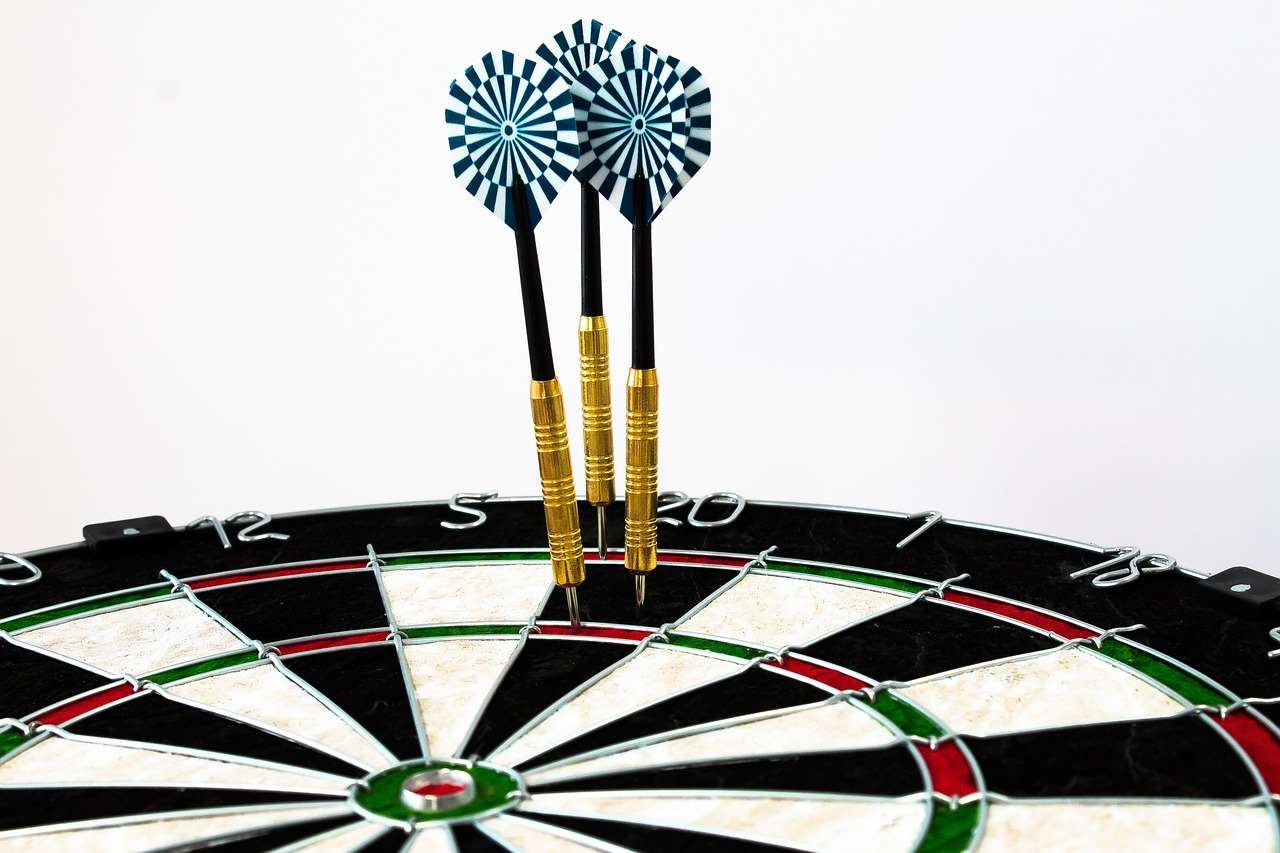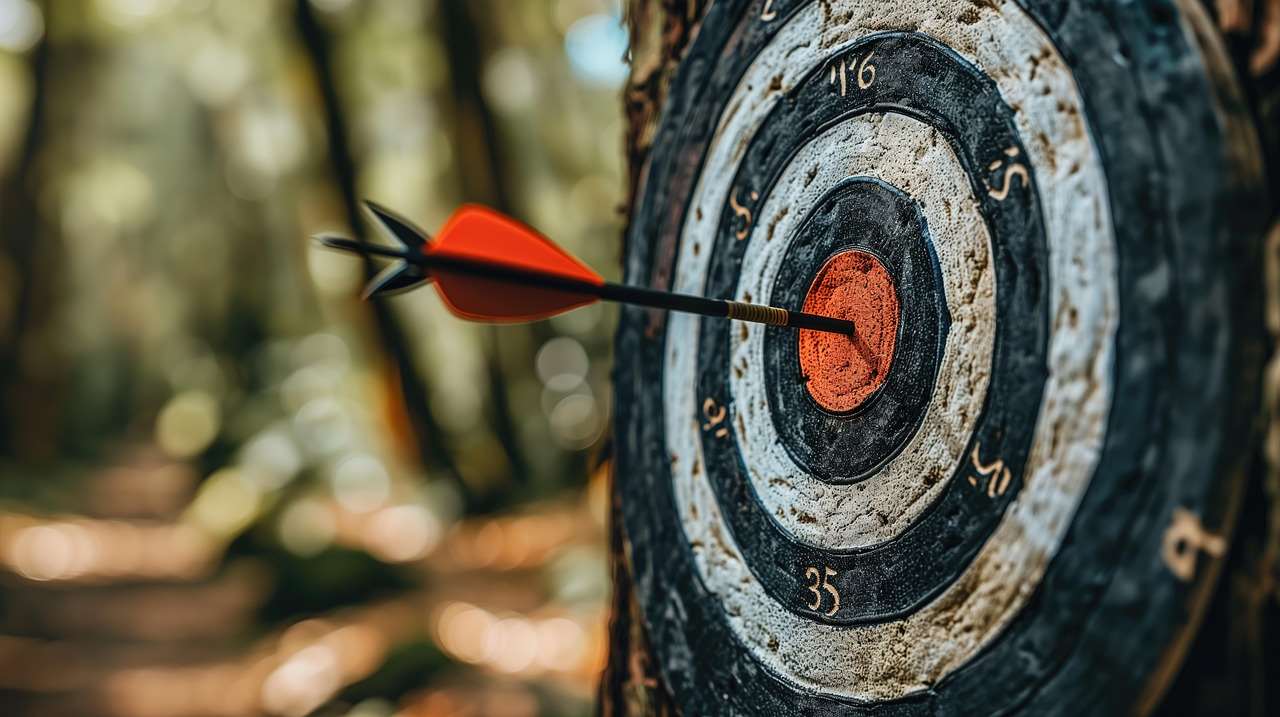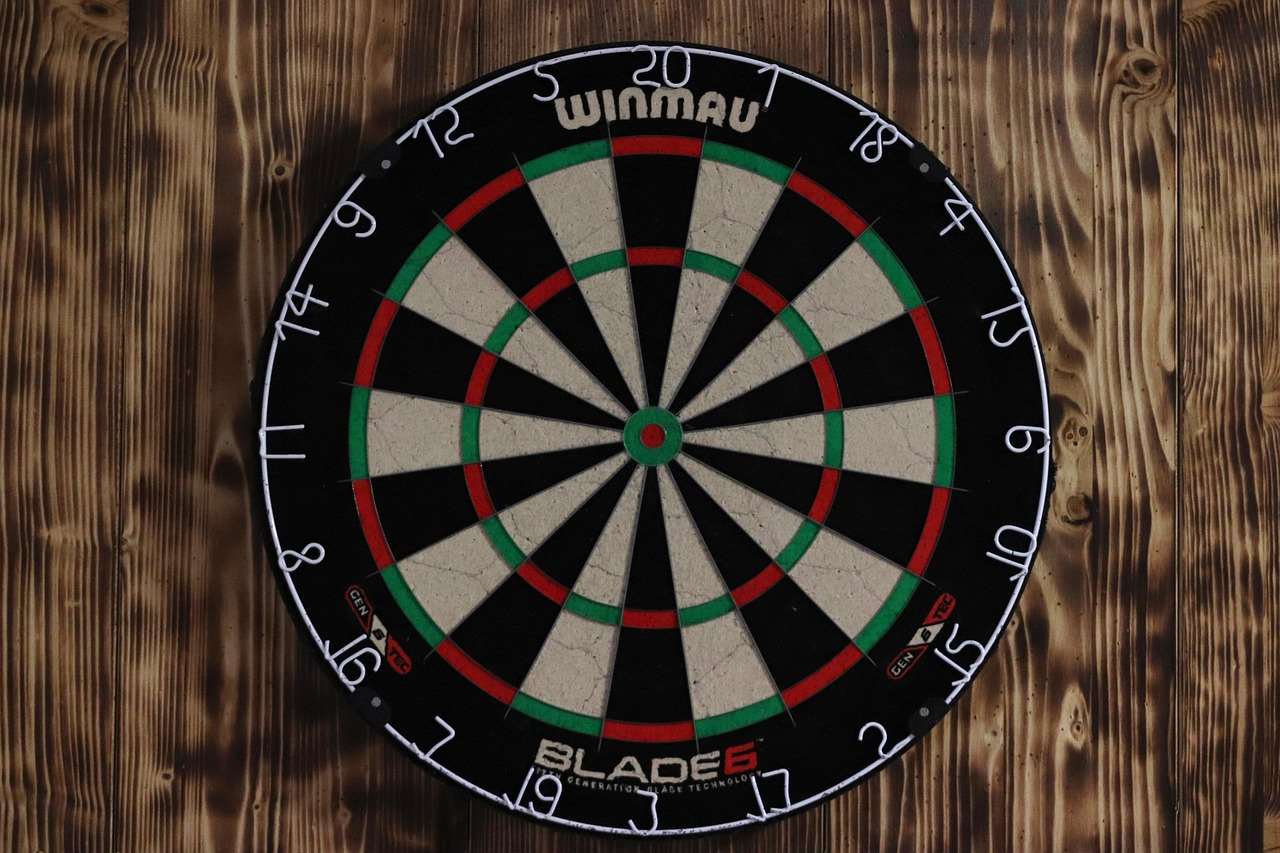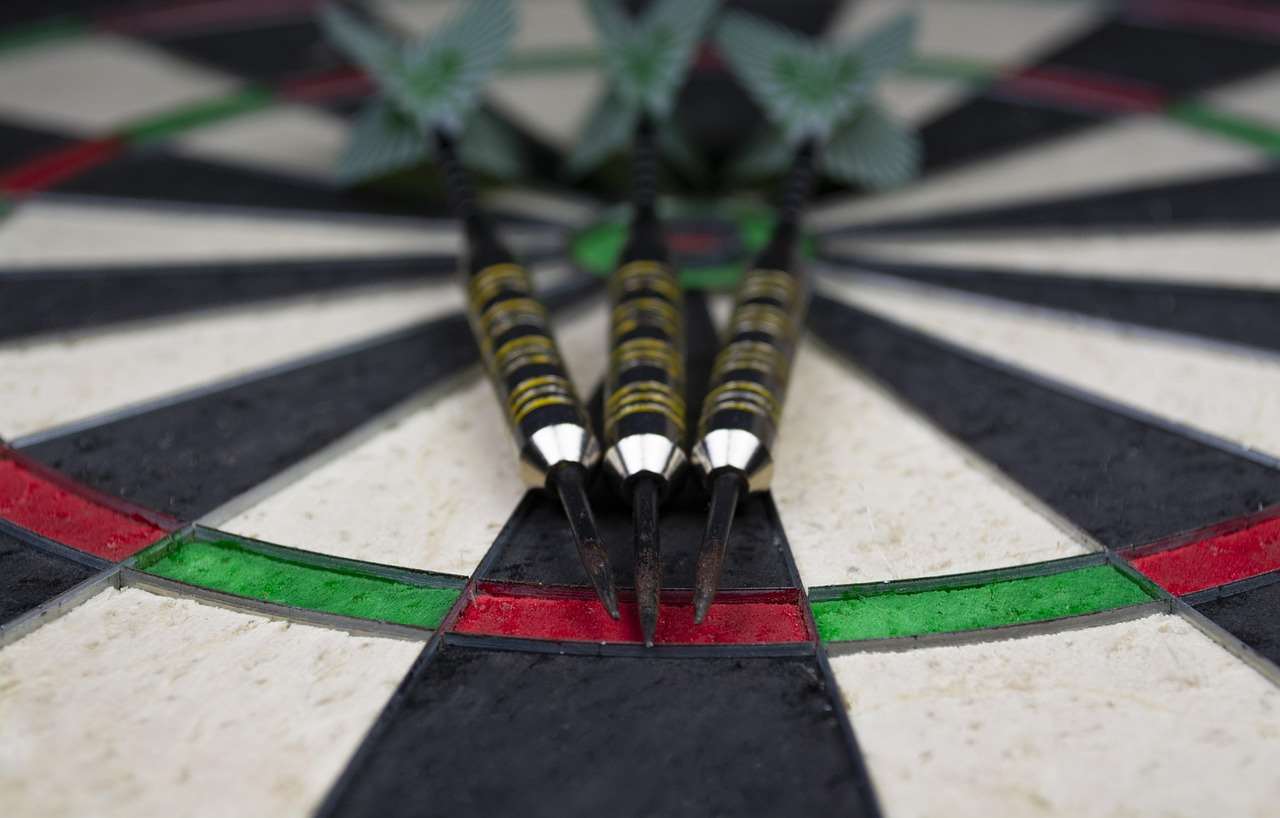Darts For Disability Groups Programs offer an inclusive and engaging activity that promotes social interaction, improves hand-eye coordination, and provides a sense of accomplishment for individuals of all abilities. This article will explore the benefits of such programs, how to implement them effectively, and the adaptations and resources available to ensure accessibility for everyone.
⚠️ Still Using Pen & Paper (or a Chalkboard)?! ⚠️
Step into the future! The Dart Counter App handles all the scoring, suggests checkouts, and tracks your stats automatically. It's easier than you think!
Try the Smart Dart Counter App FREE!Ready for an upgrade? Click above!
The Power of Darts: Why Darts For Disability Groups Programs Matter
Darts is more than just a game; it’s a sport that transcends physical limitations and fosters a sense of community. Darts For Disability Groups Programs can have a profound impact on participants’ lives, offering a unique blend of physical and mental stimulation. Consider, for instance, how similar social activities are explored in Darts Culture And Community Guide. The act of throwing a dart requires focus, precision, and controlled movement, which can help improve hand-eye coordination and fine motor skills. Furthermore, the social aspect of the game encourages interaction, teamwork, and friendly competition, combating feelings of isolation and promoting mental well-being.
Unlike many other sports, darts can be easily adapted to suit a wide range of abilities and disabilities. With modifications to equipment, rules, and playing environment, everyone can participate and experience the joy of hitting the bullseye.

Creating Inclusive Darts Environments
Making darts accessible involves careful consideration of the physical environment and the specific needs of the participants. Here are some key areas to focus on:
Accessibility Considerations
- Physical Space: Ensure the playing area is spacious enough to accommodate wheelchairs, walkers, or other mobility aids. Ramps and wide doorways are essential for accessibility.
- Dartboard Height: Adjust the height of the dartboard to suit individuals who are seated or have limited reach. A lower dartboard height can make the game more inclusive.
- Throwing Line Distance: Modify the oche (throwing line) distance based on individual abilities. Shorter distances may be necessary for those with limited arm strength or mobility.
- Lighting: Adequate lighting is crucial for players with visual impairments. Ensure the dartboard is well-lit without glare.
- Floor Surface: A non-slip floor surface is important to prevent falls, especially for individuals with mobility issues.
Adaptive Equipment and Techniques
Several adaptive equipment options and techniques can further enhance accessibility:
- Dart Grips: Modified dart grips can assist individuals with limited hand strength or dexterity.
- Throwing Aids: Devices like dart launchers or supports can help those with significant physical limitations participate.
- Verbal Assistance: Allow verbal assistance for players who need help with aiming or calculating scores.
- Visual Aids: Use brightly colored dartboards or darts for players with visual impairments. Large print scoreboards can also be helpful.
By implementing these adaptations, you can create a welcoming and inclusive environment where everyone can enjoy the benefits of darts.
Implementing Effective Darts For Disability Groups Programs
A successful Darts For Disability Groups Programs requires careful planning and execution. Here are some practical tips to guide you:
Program Design and Structure
- Needs Assessment: Conduct a thorough needs assessment to identify the specific requirements and preferences of the target group.
- Goal Setting: Establish clear and achievable goals for the program, such as improving hand-eye coordination, fostering social interaction, or promoting physical activity.
- Session Structure: Structure each session with a warm-up, practice drills, game play, and cool-down.
- Rule Modifications: Adapt the rules of the game to suit the abilities of the participants. Consider using simplified scoring systems or allowing extra throws.
- Progression: Gradually increase the difficulty level as participants improve their skills and confidence.
Training and Support
Providing adequate training and support is essential for program leaders and participants:
- Leader Training: Train program leaders on how to adapt the game, provide assistance, and create a safe and inclusive environment.
- Peer Support: Encourage peer support and mentorship among participants.
- Volunteer Involvement: Recruit volunteers to assist with setup, scoring, and providing encouragement.

Promoting Participation
To maximize participation, it’s crucial to promote the program effectively and address potential barriers:
- Outreach: Reach out to disability organizations, community centers, and healthcare providers to promote the program.
- Accessible Information: Provide information in accessible formats, such as large print, audio, or braille.
- Transportation Assistance: Offer transportation assistance to participants who may have difficulty getting to the program.
- Financial Assistance: Provide financial assistance or subsidies to reduce the cost of participation.
- Create a Welcoming Atmosphere: Foster a welcoming and inclusive atmosphere where everyone feels comfortable and supported.
Remember that enjoying live events like Atmosphere At Live Darts Matches might serve as inspiration, but creating a comfortable and accessible environment is paramount for your group. By implementing these strategies, you can create a thriving Darts For Disability Groups Programs that benefits everyone involved.
Resources and Support for Darts Programs
Numerous resources and support organizations are available to assist with the development and implementation of Darts For Disability Groups Programs:
- Disability Sports Organizations: Organizations like Disabled Sports USA and Special Olympics offer resources, training, and support for adaptive sports programs.
- Darts Associations: National and international darts associations can provide guidance on rules, equipment, and program development.
- Funding Opportunities: Explore grant opportunities from foundations, government agencies, and corporations that support disability programs.
- Online Communities: Connect with other program leaders and participants through online forums and social media groups.
By leveraging these resources, you can enhance the quality and sustainability of your Darts For Disability Groups Programs.

Adapting Darts for Specific Disabilities
Tailoring the program to specific disabilities ensures maximum participation and enjoyment. Here are some adaptation strategies for common disabilities:
Visual Impairments
- Tactile Dartboards: Use dartboards with raised numbers and tactile markings.
- Auditory Cues: Provide auditory cues to assist with aiming.
- Verbal Guidance: Offer verbal guidance and assistance.
- Buddy System: Pair players with visual impairments with sighted partners.
Mobility Impairments
- Adjustable Dartboard Height: Use an adjustable dartboard stand to accommodate different heights.
- Throwing Aids: Provide throwing aids such as dart launchers or supports.
- Modified Stance: Allow players to throw from a seated position or use mobility aids.
- Shorter Throwing Distance: Reduce the throwing distance as needed.
Cognitive Impairments
- Simplified Rules: Use simplified rules and scoring systems.
- Visual Aids: Use visual aids such as picture cards to explain the rules.
- Step-by-Step Instructions: Provide step-by-step instructions and demonstrations.
- Positive Reinforcement: Offer positive reinforcement and encouragement.
Remember to consult with disability experts and occupational therapists to develop the most appropriate adaptations for your participants. Consider offering information similar to that available for getting Getting Tickets For Darts Events in alternative formats.
Measuring Success and Impact
Evaluating the success and impact of your Darts For Disability Groups Programs is crucial for continuous improvement. Here are some key metrics to track:
- Participation Rates: Monitor the number of participants and their attendance rates.
- Skill Development: Assess improvements in hand-eye coordination, motor skills, and accuracy.
- Social Interaction: Observe the level of social interaction and engagement among participants.
- Well-being: Measure changes in mood, self-esteem, and overall well-being.
- Feedback: Collect feedback from participants, leaders, and volunteers to identify areas for improvement.
Use this data to refine your program and demonstrate its value to stakeholders.

The Future of Darts For Disability Groups Programs
The future of Darts For Disability Groups Programs is bright, with increasing awareness and recognition of the benefits of inclusive sports. As technology advances, we can expect to see even more innovative adaptive equipment and techniques emerge, further expanding access to the game. By continuing to promote inclusivity, collaboration, and innovation, we can ensure that darts remains a sport for everyone, regardless of ability.

Darts For Disability Groups Programs: Real-Life Success Stories
Hearing about the impact of Darts For Disability Groups Programs firsthand can be incredibly inspiring. Here are a few examples:
Sarah, a participant with cerebral palsy, shared: “Before joining the darts program, I felt isolated and didn’t have many opportunities to socialize. Darts has given me a sense of belonging and has helped me improve my hand-eye coordination. I’ve made new friends and feel more confident in myself.”
John, a program leader at a community center, said: “We started a darts program for individuals with intellectual disabilities, and the results have been amazing. Participants have shown significant improvements in their focus, concentration, and social skills. It’s been a truly rewarding experience.”
These stories highlight the transformative power of Darts For Disability Groups Programs and the positive impact they can have on individuals’ lives. The social impact is significant, similar to some aspects explored in Fan Culture At Live Darts.
Conclusion
Darts For Disability Groups Programs offer a powerful avenue for promoting inclusion, improving physical and mental well-being, and fostering a sense of community. By implementing adaptive equipment, tailoring program design, and providing adequate support, you can create a welcoming and empowering environment where everyone can participate and thrive. Embrace the opportunity to make a difference in the lives of individuals with disabilities through the inclusive power of darts. Start planning your own Darts For Disability Groups Programs today and witness the incredible impact it can have!
Hi, I’m Dieter, and I created Dartcounter (Dartcounterapp.com). My motivation wasn’t being a darts expert – quite the opposite! When I first started playing, I loved the game but found keeping accurate scores and tracking stats difficult and distracting.
I figured I couldn’t be the only one struggling with this. So, I decided to build a solution: an easy-to-use application that everyone, no matter their experience level, could use to manage scoring effortlessly.
My goal for Dartcounter was simple: let the app handle the numbers – the scoring, the averages, the stats, even checkout suggestions – so players could focus purely on their throw and enjoying the game. It began as a way to solve my own beginner’s problem, and I’m thrilled it has grown into a helpful tool for the wider darts community.